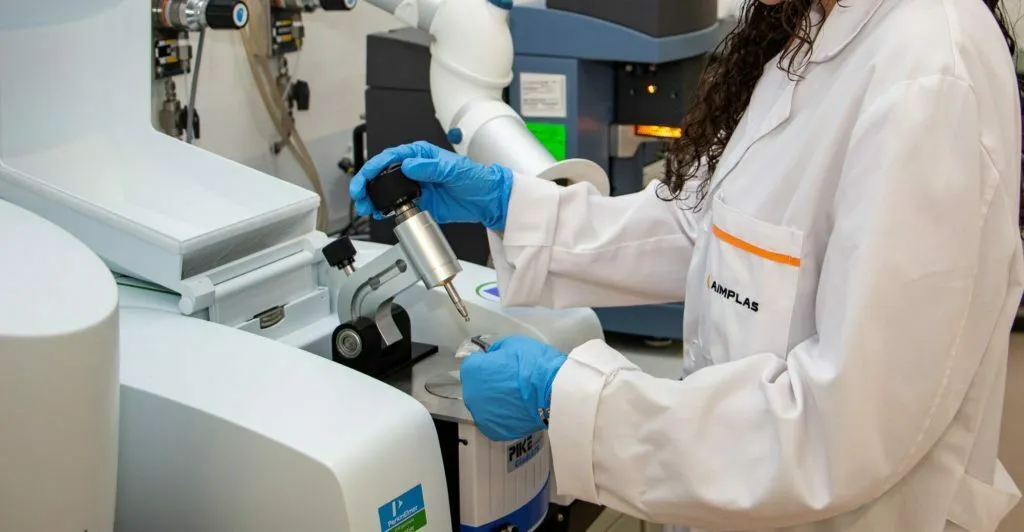Legislation on intentionally added microplastics: latest developments

The use of plastic materials has not stopped increasing due to its versatility, hardness, flexibility and durability. All these characteristics make it the best option for different applications, from packaging to components in electrics and construction. Despite the benefits that it offers, there is concern about the accumulation of plastic debris in the environment as it can fragment into smaller particles and become nano- and microplastics (MNPs).
Definition of microplastics established by ECHA
Microplastics are solid particles of materials based on polymers that contain additives or other absorbing substances. According to the Document released by the European Chemical Agency (ECHA) on the 10th December 2020, they consider MNPs those particles with dimensions between 0.1 µm and 5 mm and length between 0.3 µm and 15 mm with a diameter ratio greater than 3. In this regard, it should be differentiated that microplastics correspond to particles smaller than 5 mm and nanoplastics are smaller than 1 µm.
According to its source of origin MNPs can be primary or secondary. The primary ones are particles of manufactured plastic of purposeful form and that they can originate as subproducts during the manufacturing of plastic materials and the secondary ones are those that are produced due to the fragmentation macroplastics.
Due to its small size and its resistance to environmental degradation, that exceed the persistence criteria (vP) for substances listed in Annex XIII of REACH, are difficult to remove from the environment after release. For this reason, the presence of MNPs has raised concerns worldwide in recent years and the authorities are starting to restrict them, although until this moment no legislation on a European level exists.
Current legislation of microplastics
At present, there is no legislative control, but there is hope that mandatory restrictions will soon be introduced. In fact, in countries such as the United States and the United Kingdom, its use in cosmetics and detergents is already banned.
In Europe, the Circular Economy Plan, Resolution of the European Parliament of the 10th February 2021, about the new Action Plan for the Circular Economy (2020/2077(INI)) urges the Commission to opt for a general phase-out of intentionally added microplastics and to reduce the unintentional release of microplastics, e.g. from tires, textiles and artificial turf. These new reglementary and obligatory measures highlight the necessity of raising scientific awareness about microplastics and nanoplastics with the aim of developing safer alternatives.
In addition, the European commission have already published the results of the first public consult carried out between the 22nd February and the 17th May 2022 in relation with the future initiative on the prevention of microplastics in the environment. The main comments have been directed to emissions coming from textile products, followed by pellets and detergent capsules. It also calls for a system for monitoring and reporting microplastics emissions throughout the life cycle of products, as well as specific treatments for urban wastewater.
On a local level, with the approval of Law 7/2022, on the 8th April, of waste and contaminated soils for a circular economy introduces in its article 56 the prohibition of any plastic product made of oxo-degradable plastic and plastic microbeads of less than 5 mm intentionally added.
Microplastics Analysis
Since AIMPLAS has been developing extraction methodologies of microplastics present in different types of samples and is working with different techniques for the analysis of microplastics such as Fourier Transform Infrared Spectroscopy (FTIR) coupled to microscopy and pyrolysis coupled to gas chromatography with mass spectrometry (Py-GC/MS). In addition, in order to carry out the different tests it is necessary to have reference materials, so AIMPLAS is developing MNPs patterns to try to solve the problem derived from the lack of them.

We provide the tools and knowledge about microplastics, if you need more information please contact us.
Cristina Furió Sanz
Chemical Characterization Laboratory


